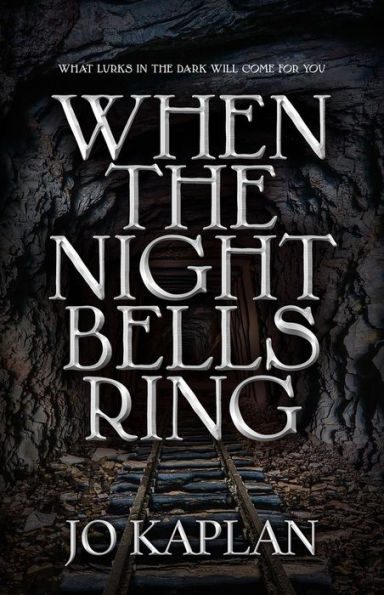
Summary
In a future ravaged by fire and drought, two climate refugees ride their motorcycles across the wasteland of the western US, and stumble upon an old silver mine. Descending into the cool darkness of the caved-in tunnels in desperate search of water, the two women find Lavinia Cain’s diary, a settler in search of prosperity who brought her family to Nevada in the late 1860s.
But Lavinia and the settlers of the Western town discovered something monstrous that dwells in the depths of the mine, something that does not want greedy prospectors disturbing the earth. Whispers of curses and phantom figures haunt the diary, and now, over 150 years later, trapped and injured in the abandoned mine, the women discover they’re not alone . . . with no easy way out.
The monsters are still here—and they’re thirsty.
Review
Two women wander into the Nevada desert. Climate refugees heading toward a mythical New York, Waynoka and Mads take refuge in an abandoned mine, searching for water. There, they quite naturally find themselves trapped, one of them injured, with only their wind-up flashlight to ward off the endless, oppressive dark. It doesn’t take long before both the characters and the reader are sure that there is something else in the mine, something silent, hunting them through the dark.
I was ready for this story: a postapocalyptic version of The Descent? Sign me up.
But Jo Kaplan’s When the Night Bells Ring (CamCat Publishing) is interested in much more than things that go bump in the night. Waynoka, our protagonist, discovers a diary in the mine, written in 1869 by Lavinia Cain, and this story pushes Waynoka and Mads’s story aside, relegating it to the status of frame story, the narrative shifting continuously back and forth between the survival narrative of the two women and Lavinia’s narrative of arriving in Prosperity, Nevada, hoping to strike it rich.
Lavinia’s story wins.
This weird-western spook story has a distinctive folk-horror feel that is remarkably effective. Every door in Prosperity bears a little bell, and no one will say why, and the children sing songs about a strange lady who wanders the desert, draining people of their blood.
As Lavinia is slowly stripped of resources and the body count begins to rise, I was put more in mind of Victor LeValle’s Lone Women, another western creature-feature that presents female protagonists who aren’t just fierce, but who are morally complex characters armed with a strong power of denial.
And it goes without saying that, yes, the creature is real, and soon it begins to work its way through the town. Lavinia seems to be the only one who is willing to face facts, but when her child falls ill, she is faced with a terrible choice. That choice plays out in a savage denouement that is as shocking as it is well-earned.
There is a certain sense in which the frame story appears superfluous, and perhaps it is. I almost wished that Kaplan had simply told Lavinia’s story in all its fullness, but when it comes to a story about man’s greed and hubris, and the curses it calls down on itself, seeing Lavinia’s story through the lens of climate disaster is, if nothing else, highly appropriate.








Leave a Reply